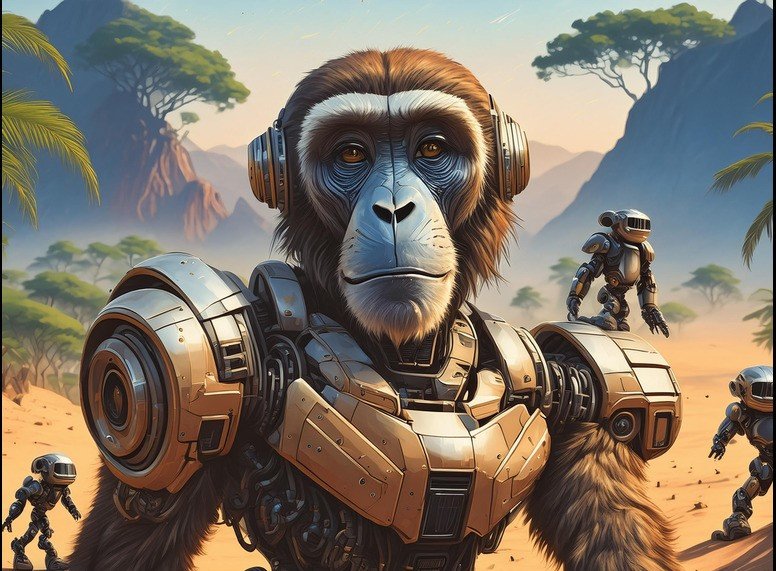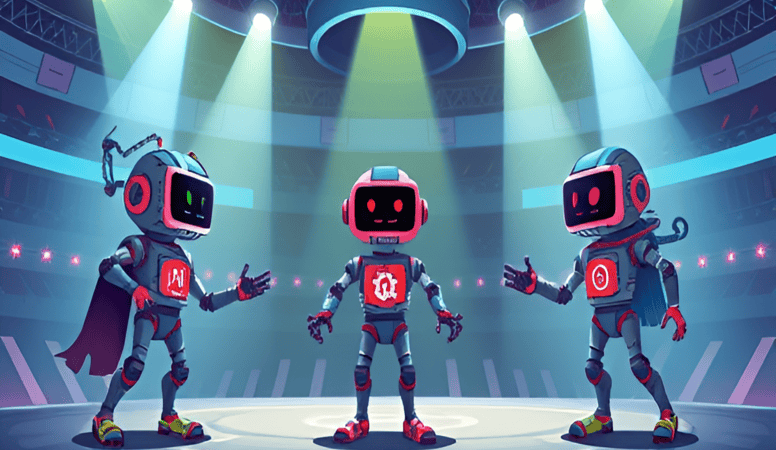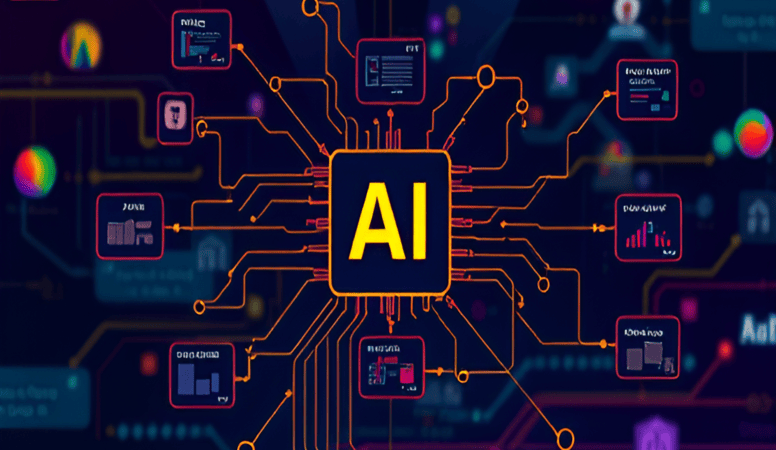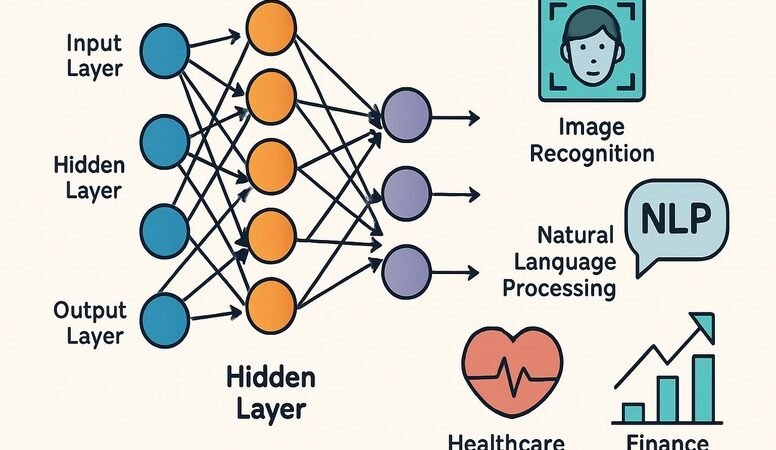The history of AI is a fascinating journey that spans centuries. While modern artificial intelligence may seem like a recent invention, its roots go back to ancient myths and early philosophical ideas. Over time, these ideas evolved into the powerful technologies we see today.
The Early History of AI: Theoretical Foundations
In the 1950s and 1960s, AI began to take shape as a scientific discipline. Researchers like John McCarthy, who coined the term “artificial intelligence,” led the way. During this era, early AI programs such as the Logic Theorist and the General Problem Solver emerged. These programs demonstrated that machines could, in fact, handle tasks involving logic and reasoning — something once thought to be uniquely human.
The History of AI in Machine Learning and Expert Systems
As the field progressed into the 1970s and 1980s, the focus shifted from simple logic-based systems to machine learning. In this phase, systems were developed that could learn and improve over time based on data and experience. Moreover, expert systems gained popularity. These were designed to replicate the decision-making abilities of human professionals and were widely adopted in sectors like medicine, finance, and engineering.
The Rise of Neural Networks
Next came the rise of neural networks during the 1980s and 1990s. Inspired by the human brain, these networks could process large volumes of data and recognize complex patterns. The development of the backpropagation algorithm significantly boosted the effectiveness of neural networks. As a result, AI systems became better at tasks like speech recognition, image analysis, and handwriting detection.
The Big Data and Deep Learning Era
Entering the 21st century, AI experienced yet another leap forward with the advent of big data and deep learning. Thanks to a surge in available data and increased computational power, deep learning models began outperforming traditional algorithms. These innovations powered breakthroughs such as self-driving cars, AI-powered personal assistants like Siri and Alexa, and advanced robotics capable of autonomous decision-making.
Current Trends and Future Prospects
Today, AI continues to evolve rapidly. Recent advancements in natural language processing (NLP), computer vision, and reinforcement learning are expanding AI’s capabilities beyond what was once imagined. At the same time, ethical concerns and questions around responsible AI use are becoming more prominent. Looking ahead, AI is expected to transform industries, streamline operations, and enhance the quality of life across the globe.
Conclusion
Artificial intelligence has indeed come a long way — from a theoretical concept to a technology that permeates our everyday lives. By understanding AI’s rich history and evolution, we gain a deeper appreciation of its impact and the exciting possibilities it holds for the future.








